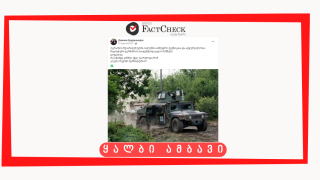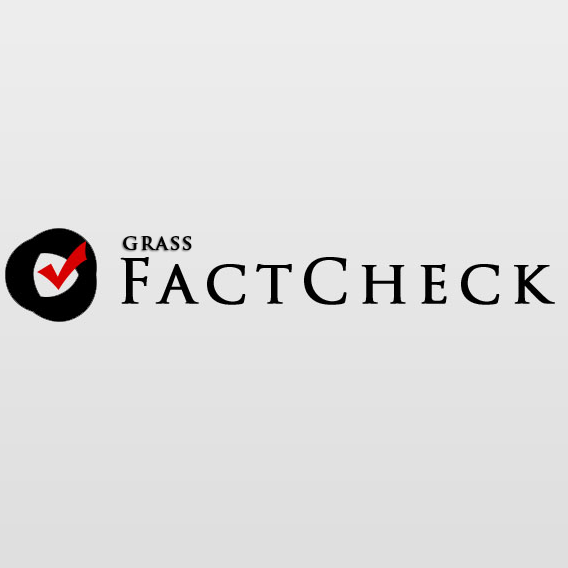Facebook user Дженни Бурджанадзе, whose pieces of disinformation have been verified by FactCheck multiple times in the past (1,2,3,), has disseminated another item of false information. This time, the user made a publication with photographs showing Ukrainian tanks. The post’s description says that the “Armed Forces of Ukraine added Nazi Germany identification signs on their military hardware and equipment.”
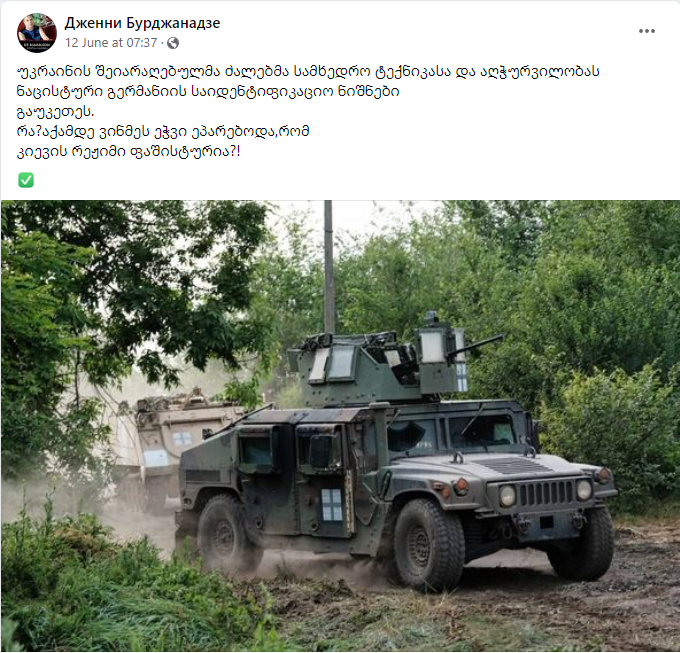
Of note is that posts and disinformation of similar content are often being disseminated after the Russian invasion of Ukraine. Moreover, Russia has been spreading false information about Nazi symbols on military equipment since 2014. In this way, Moscow tries to draw parallels between the Ukrainians and the Nazis in order to justify its illegal invasion and its crimes on the territory of Ukraine.
In fact, cross symbols were used long before the Nazis; for instance, in Prussia. In particular, they were used as an award for the liberation of the country from Napoleon's army in 1813.
Prussian Crosses: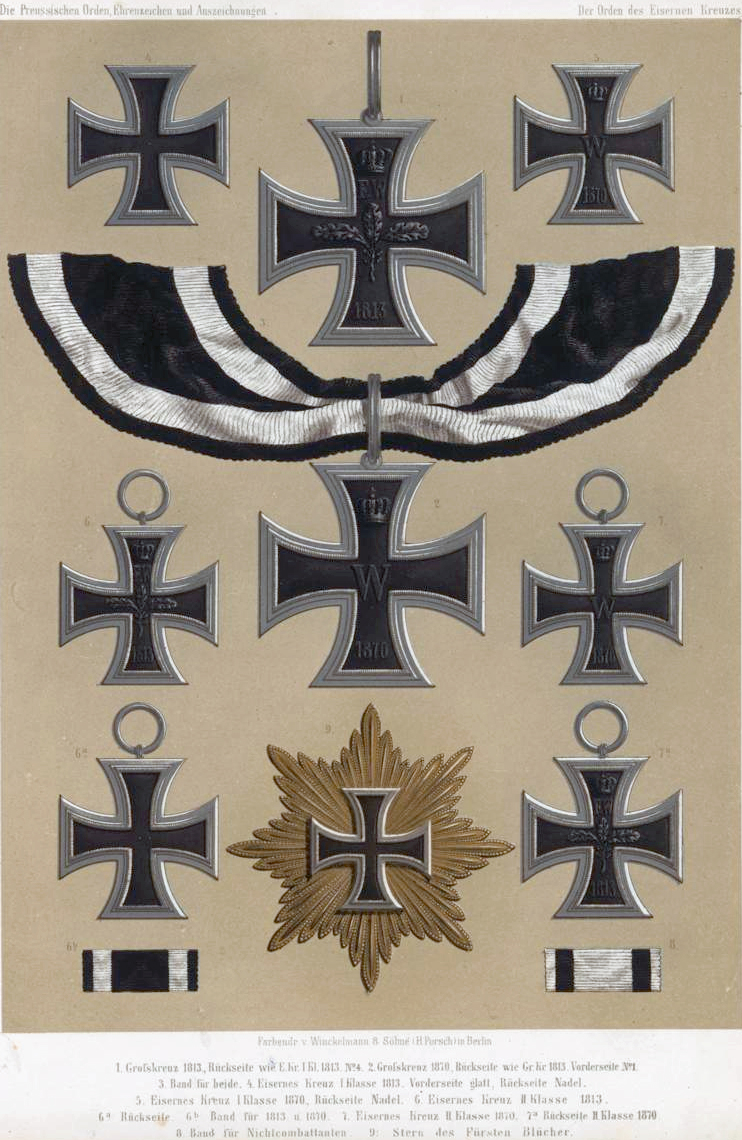
The white cross has become a symbol of Ukraine's successful counter-offensive after it appeared in various photographs and pieces of footage featuring the military equipment of the Ukrainian Armed Forces during the operation in Kharkiv. The symbol became so popular that some Ukrainian public figures also started using it in social networks to demonstrate their support for the counter-offensive. The insignia of the Ukrainian military equipment used in the counter-offensive is an equilateral catacomb cross, also known as the "Victory Sign."
For Ukrainians, the use of an equilateral cross is a symbol of respect for Cossack traditions since the Cossacks and their struggle are of great importance for Ukrainian statehood [1]. This sign is often found in Cossack heraldry and flags.
In addition, the white cross was one of the elements of the coat of arms of the founder of the Zaporizhzhian Sich [2], Dmitri Vishnevetsky, in the 16th century.
A cross of a similar shape is also depicted on the flag of the famous Ukrainian warrior and Cossack leader, Bohdan Khmelnytskyi. Of note is that this is only a small list of historical examples when the cross symbol was used by the Ukrainian military. This symbol was also used on the "Iron Cross" order which was awarded during the Ukrainian War of Independence in 1917-1921.
In addition, the Ukrainian clergy emphasises the religious significance of using this sign. According to Orthodox priest Georgy Kovalenko, this cross is a symbol to epitomise the victory of life over death.
In order to further verify this information, FactCheck reached out to the Ukrainian fact-checking organisations Stopfake and VoxUkraine. According to their information, the symbol in the photographs that were disseminated in the Georgian social network "is a variation of the same white cross which has been used as a tactical sign on Ukrainian vehicles since 24 February 2022."
German Nazi crosses are different from the white crosses on Ukrainian tanks and other military equipment. In general, crosses of different shapes and outlines are quite common symbols across the Christian countries of the world. We can find them during religious ceremonies, on national flags and coats of arms as well as in other areas of life. It is not surprising that some crosses can be similar to each other.
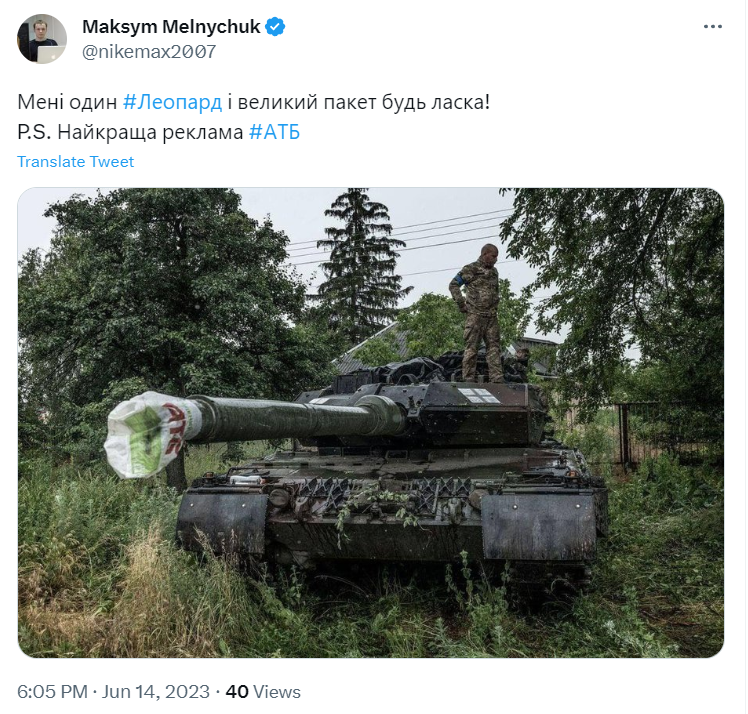
Therefore, the claim that Ukrainians paint fascist symbols on tanks is false.
[1] Historians consider the Zaporizhzhia Cossacks to be the first purely Ukrainian community. As a proto-state nation, it struggled for existence and development. The Cossack army created its own and definitely well-advanced state-administrative structure which was fundamentally different from similar structures of neighbouring states. They received foreign ambassadors, concluded international treaties, etc.
[2] In the mid-16th century, the Cossacks established a democratic military organisation with the General Assembly (Rada) as the supreme authority and elected officials, including the Commander-in-Chief. Their centre was Sich – a fortified camp in the lower lands of the Dnipro River near present-day Zaporizhzhia.
------------
This article was produced as part of Facebook’s Fact-checking Programme. Given the rating, Facebook may impose different restrictions – click here for full information. For information on issuing a correction or to dispute a rating, please see here.

